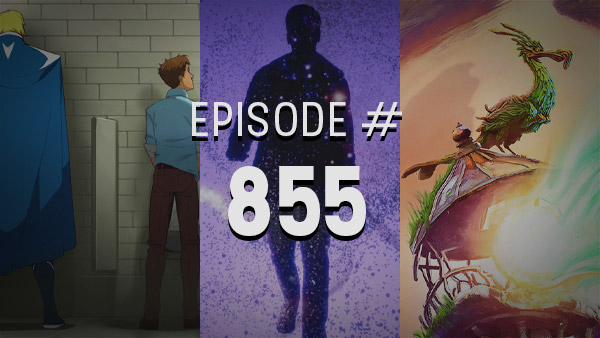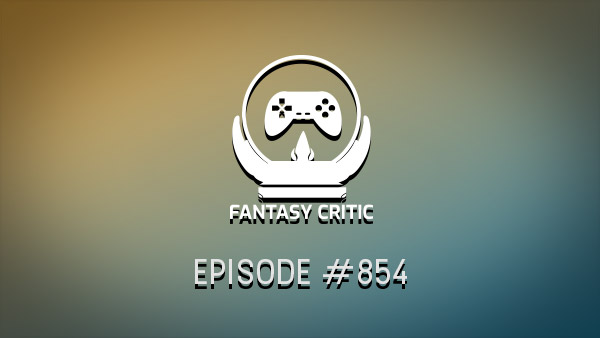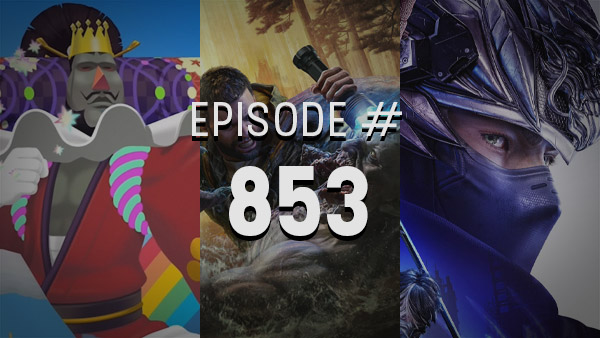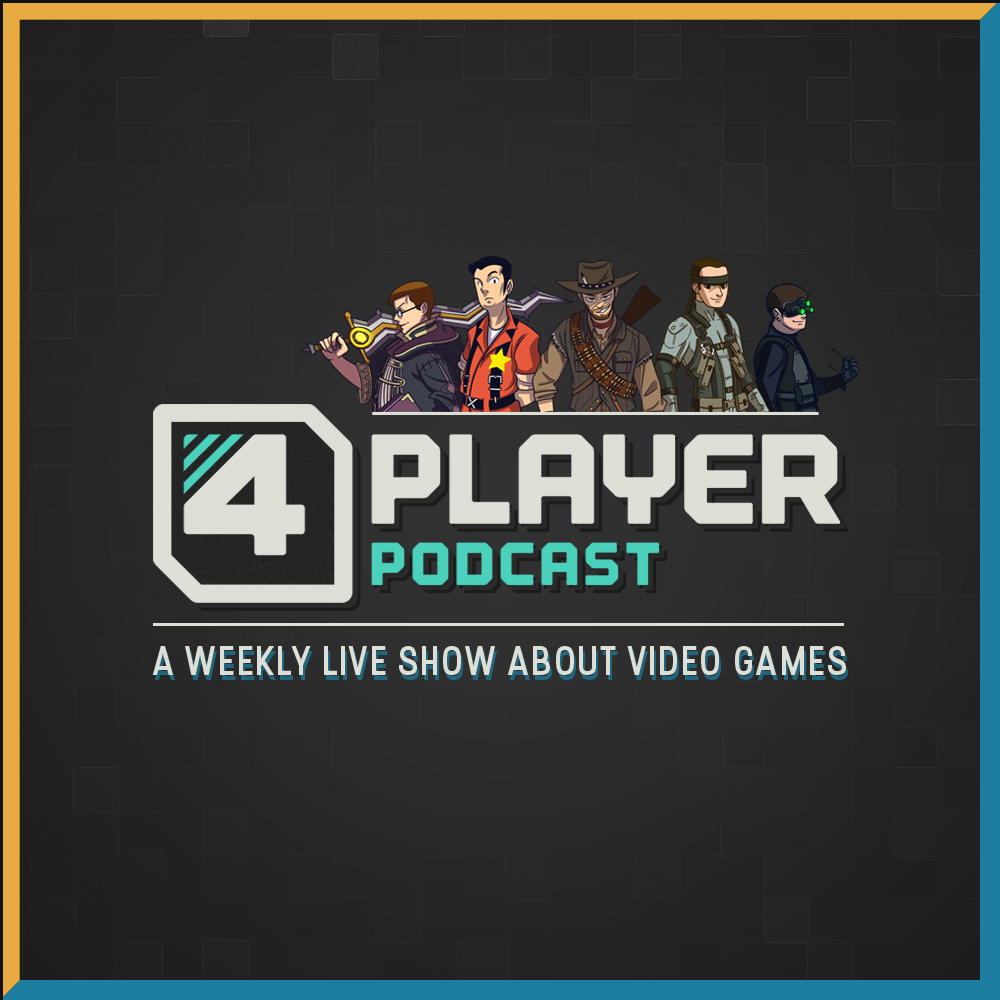Your login information returned multiple users. Please select the user you would like to log in as and re-type in your password.

Find other reviews over in the Reviews Forum.
Infamous
by schoolSucker Punch Productions has a pedigree for making great, stylish and kid-friendly platforming games. This history is shown in their newest game, inFamous, which pins you as an electrically themed superhero. The platforming and style are still present but now there is a larger focus on combat and more mature themes. inFamous has what it takes to be another great game from Sucker Punch but isn't without it's small, niggling issues.
The story of inFamous revolves around Cole, a bike messenger with a knack for urban exploration, Trish, his now ex-girlfriend and Zeke, a longtime friend. At the start of the game Cole explains that he was delivering a package that exploded, destroying parts of Empire City and killing Trish's sister. He is soon thereafter labeled as a terrorist by the citizens for causing the blast. This label was not the only thing gained from the blast though, Cole also gains the ability to shoot bolts of electricity from his hand. A few more events occur that place Cole in the custody of an agent named Moya, who promises to get himself and friends out of the city if he restores power to it and finds her husband/co-worker, John.
While the main premise of the story is somewhat trite, it is presented in an interesting fashion. All major cut scenes are shown in the style of a comic book with voice over accompaniment by Cole. There is very little dialogue, inFamous instead ops for narration by Cole to tell the story, which is well delivered in a gravely tone that, while sometimes feels forced, fits with the darker themes. The game ends with a fairly clever twist although slightly unsatisfactorily, with what seems to be a set up for a sequel. The main issue with the story stem the moral choices. The moral choices are presented terribly and are very contrived. Nearly every choice, which the game calls Karma Moments, is spelled out in an insulting fashion that assumes the player wouldn't know which was evil and which was good. The choices made have very little affect on what happens in the story overall, even the seemingly major decisions have the same end result. For the most part, the only differences in the story is a small, post-credits cut scene at the end of the game.
Something choices make a large impact on is the open-world city, Empire City. If Cole is good, the city will start to look cleaner, NPCs will fight with him, and the sky will have a pleasant blue tone. But if Cole is evil, the city will look dirty, the NPCs will attack him, and the sky will have an ominous red tone. It is a fantastic design choice that makes it feel like the city is responding to the chosen play-style and creating the feel of a real city. Also, as an electric based character, you must draw from the city to restore your energy. While this continues the interesting dynamic between Cole and the city, it can sometimes be hard to quickly decipher what you can drain energy from.
Thankfully, the standard electric bolt ability does not use the any of the energy you can store. The other attacks, that vary from sticky electric grenades to summoning lightening storms, do use varying amount of energy depending on the amount of damage done. Gaining new powers come via returning power to a section of the city and each power can be upgraded by spending experience points. EXP is gained by taking down foes or finding collectibles. The game smartly rewards you with more EXP for using your powers in creative ways. For example, if you blast an enemy into the air with the shockwave ability and then kill him on the way down with the electric bolt you will get a bonus ten EXP on top of the standard amount for taking out that enemy. The collectibles are done very smartly by being shown on the mini-map and providing noticeable benefits such as increasing the amount of energy you can store. It removes any tediousness from finding things but doesn't tell you, hight-wise, exactly where it is, thus still promoting the fun of exploration.b
The exploration and finding collectibles wouldn't be as fun if it wasn't for the platforming and ease of navigation. As Cole was an urban explorer before the blast, he can easily climb buildings and navigate around the city. The platforming has a very lock-on feel. Cole will grab onto things if he is in the general area of them. The lock-on nature provides great flow to the platforming, making it fast and easy to navigate through the world but sometimes it can feel like it locks onto elements in the world too much, especially when trying to go down to street level. Also, when climbing up the camera will stay directly behind Cole's back, making it hard to see where you can jump up to next. It slows down the movement when you have to adjust the camera to see where you need to go.
Both the platforming elements and the electrical powers are heavily used in the missions. There are main story, side, and free form missions. The main story missions further the story along and are fairly varied. They mostly consist of going below ground into the sewers to restore the power. While this is a fairly linear experience with very little choice in tactics, there are some missions that are very dynamic in the ways you can handle them. For example, there is a mission where Cole must take out a group of enemies in a courtyard-like area. Blazing in with full force is a viable choice but the game allows a more tactical play-type by climbing up a building, surveying the area and then attacking. Being able to out maneuver and surprise the enemy makes the missions much more fun and rewarding. Furthermore, the ample checkpoints allow you to feel comfortable trying out new ways of playing. But there are some missions that don't do this such as any of the multitude of missions where you are given an electrical floor to stand on and waves of enemies are sent your way. This basically creates a turret sequence that becomes incredibly boring, with mindless shooting. Furthermore, in the last district there are a few enemies that are not only absurdly overpowered but also invisible. Luckily, their numbers are few. Also, at the end of each district there will be a boss fight, but the bosses are mediocre at best because of their very simplistic nature and short, repetitive attack patterns.
The side missions and free form missions are given by citizens in the area. The side missions clear a part of the city from the occupying gang, allowing you and the citizens to roam the area without fear of attack. Some of the side missions can get a repetitive by the end of the game but the ones that highlight the strength of the platforming stay fun throughout. The free form missions come in the form of citizens coming up to you and telling you they need help. This is not a clearly defined mission like the other two categories and feels much organic and freely formed. An example of this would be a citizen calling out Cole's name saying they had been robbed and pointing in a direction. If you go in that direction you will see the guilty party and can do whatever you wish. These free form missions add to the vibe of the city, again, making it feel more believable and real.
InFamous has fantastic platforming, combat, city design and presentation but isn't without its pitfalls. The story is somewhat trite, a select few missions get boring and tedious, the camera can be fussy at times, the choices have little meaning, and some enemies have questionable attributes. While inFamous might not be another great game from Sucker Punch, it is a solid and immensely fun game that makes you want to come back for more.
Keep up the good work.
Brad




Comments